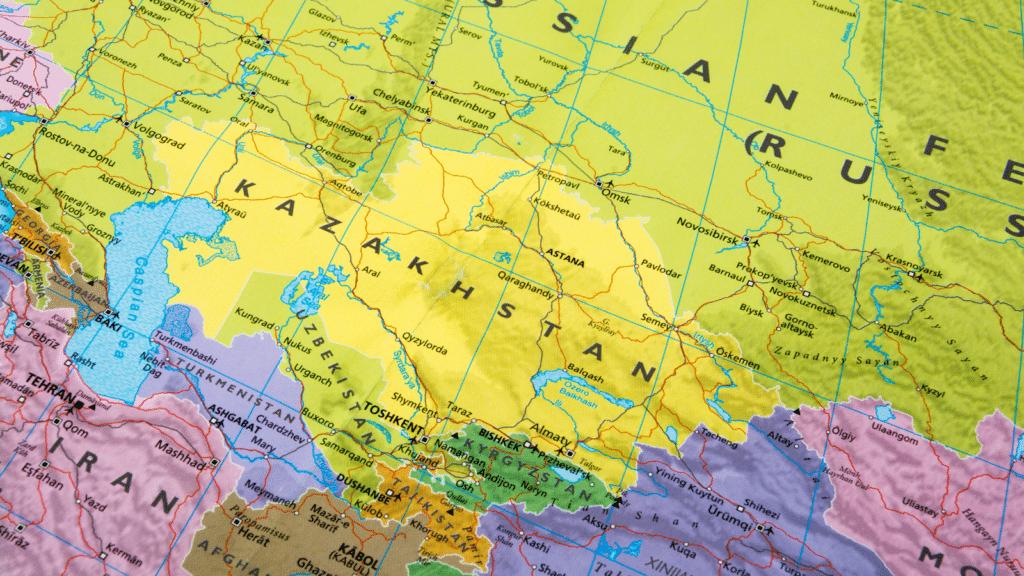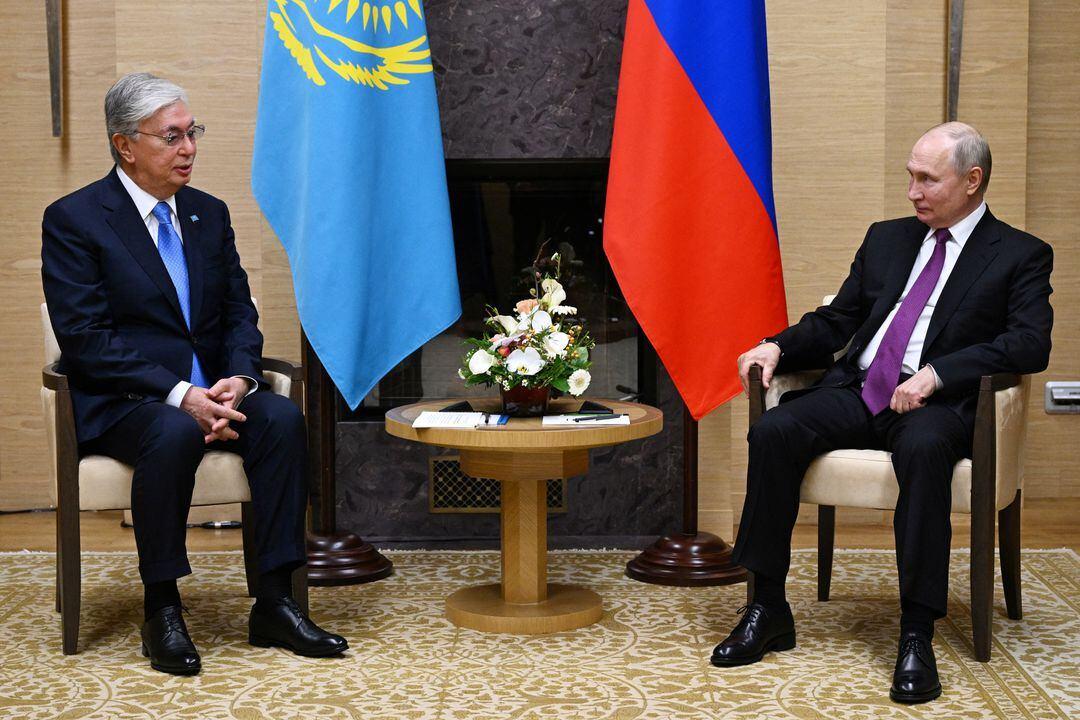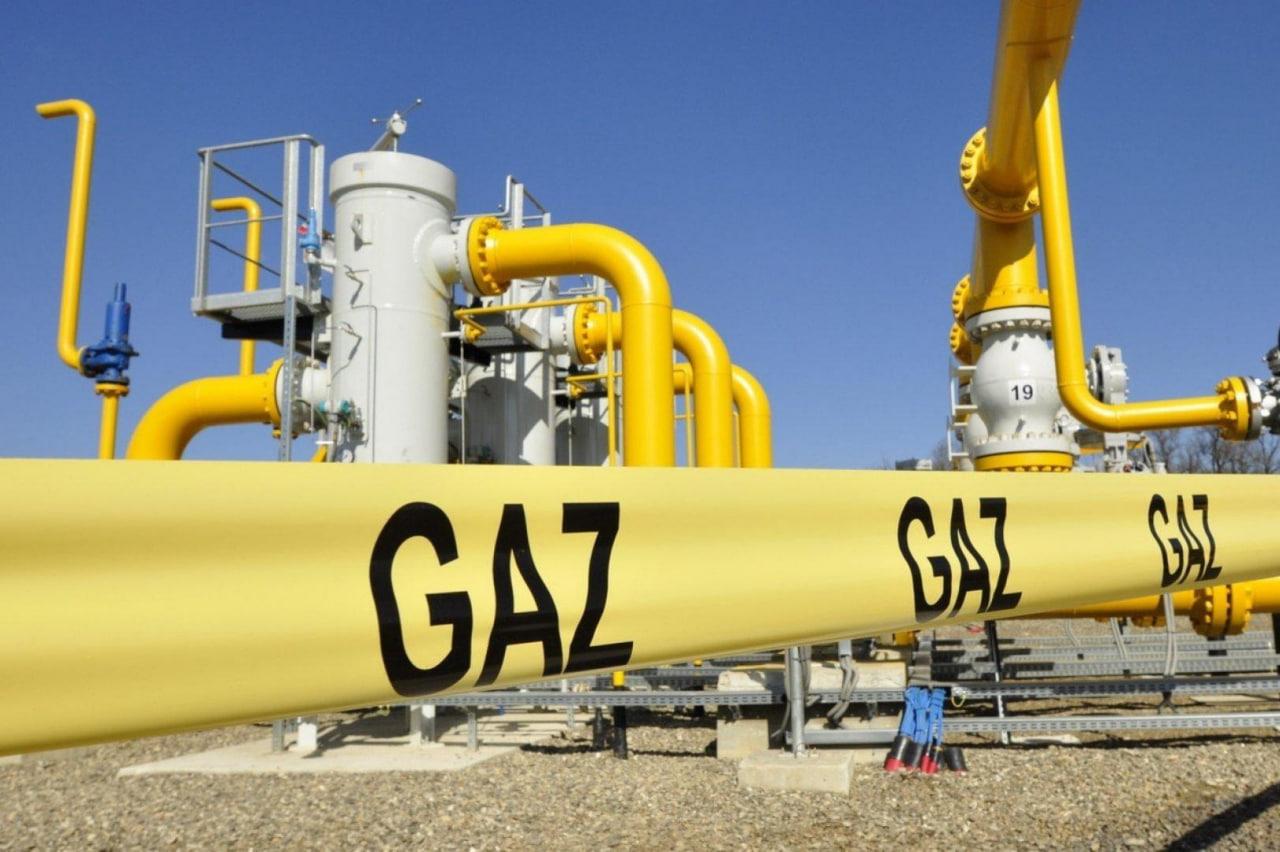Russia's gas games in Central Asia Soft expansion
In October 2023, Russia launched gas exports to the Central Asian region, namely Uzbekistan, with an initial volume of 2.8 billion cubic meters (bcm) due to the sharply rising volume of domestic consumption. While Uzbekistan is aiming to increase the volume of gas shortly, Russia has been able to partly compensate its losses and divert resources away from the Western market after international sanctions.
The United States and the European Union (EU) introduced several packages of economic sanctions against Russia following its invasion campaign against Ukraine. The sanctions negatively affected Russia's fossil fuel exports to Europe, though they did not fully collapse the local energy market.
As such, Moscow quickly found a solution by switching to Asian markets and increasing exports to countries like India, China, and Pakistan, including Central Asian states. In early 2024, Russia's energy giant Gazprom announced that it is poised to increase gas deliveries to Central Asian nations as the company aims to sign fifteen-year contracts with Kazakhstan, Kyrgyzstan, and Uzbekistan by mid-2024. Reportedly, Gazprom is currently exceeding its daily contract commitments for gas supplies to Uzbekistan.

The Central Asia-Center gas transport system, comprising four separate lines traversing Kazakhstan and extending into Uzbekistan, Turkmenistan, Tajikistan, and Kyrgyzstan, has undergone crucial modifications. According to Miller, Gazprom successfully reversed the system's operation for three months, ensuring more reliable gas supplies to Central Asian countries.
However, in 2023, Russia’s gas production in the first half of the year plummeted to 179.45 bcm, which marked a year-on-year decrease of 25 per cent, the lowest gas production rate since its Soviet-era days. Moreover, the increase in gas exports to Uzbekistan is blocking Turkmen access and reducing Ashgabat’s revenue stream.
Nevertheless, Russia's rise in gas supplies could help plug Central Asia’s supply gap in the short term and sustain healthy levels of pipeline gas flows from Central Asia to China, but it is not without challenges. Notably, additional infrastructure building will be required for further gas volumes to be transferred.

The state of energy systems across Central Asian countries is quite deplorable. Roughly three-fourths of the power generation in Central Asia comes from fossil fuel power plants. Most of the generation capacities and grids built during the Soviet era have deteriorated. In Kazakhstan, for example, the average deterioration of energy infrastructure was 66% in 2023.
Deteriorating power assets repeatedly cause significant outages, such as serious accidents at thermal power plants in the Kazakh cities of Ekibastuz and Ridder in 2022. Uzbekistan, Kyrgyzstan, Tajikistan, and Turkmenistan, too, are facing blackouts, short-term outages and power rationing. As a result, all regional states suffered gas shortages and mass blackouts for a long time, as in the case of Uzbekistan in 2023.
For their part, Kazakhstan and Uzbekistan are interested in obtaining Russian gas in view of the inefficient development of their own fields, which do not produce enough gas to meet their high domestic demand while meeting their obligations to export their own gas to the People’s Republic of China. Indeed, Russia’s gas agreement with Uzbekistan was a moderate success in light of the international pressure and destructive war in Ukraine.

Consequently, Gazprom will seek to gain access to regional transmission infrastructure in a gradual manner, by increasing its export volumes and expanding cooperation in this field. However, Russia’s intentions will run up against the cautious attitude of the Central Asian states; they will also depend on the influence of China, for which these countries are the largest suppliers of pipeline gas.
Moreover, unlike the profitable and wealthy Western market, the gas exports to Central Asia do not fully compensate for Moscow's financial losses. Simply put, continuous supplies to Central Asia do not portend a significant improvement in Gazprom’s financial situation. The current Russian supplies of 2.8 bcm to Uzbekistan are insufficient to stabilize the Central Asian market.
However, an additional ten bcm of Russian gas in the region by 2025 would help maintain stable export levels from Central Asia to China and support growing domestic consumption within the region in 2023–25.
Russia's deepening interest in the Central Asian market stems from its inability to restore business ties with Western countries as the war in Ukraine keeps raging. In the mid-term, Moscow will be unable to revive exports to Europe, while there is still a gap in the Asian market that might be filled shortly.








